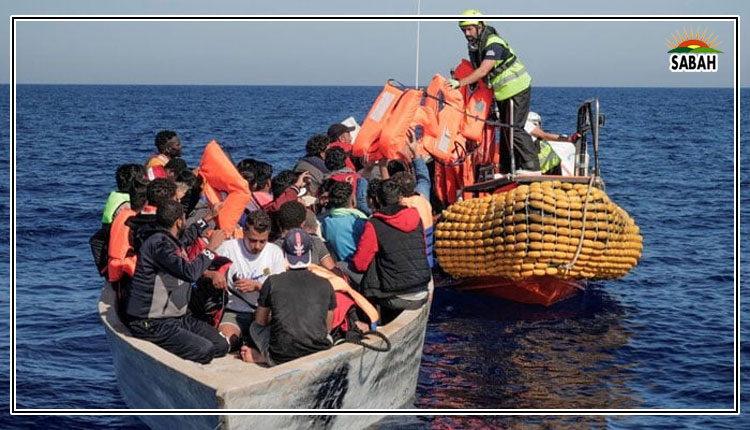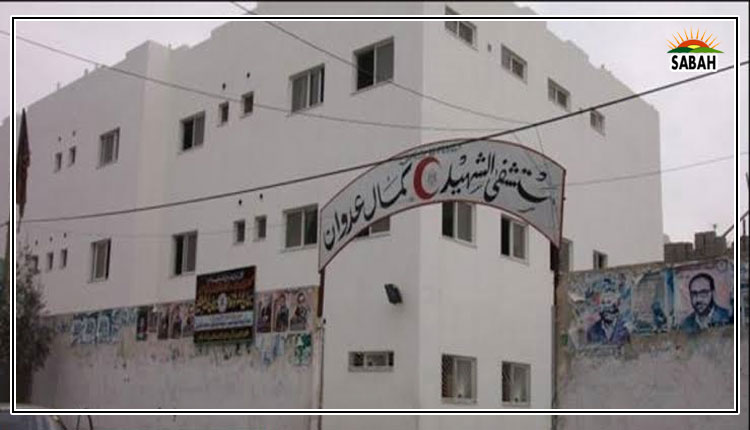Iran’s nuclear ambition … Shahid Javed Burki
Iran is in a neighborhood in which several countries have equipped themselves with nuclear weapons. Other than the established nuclear powers – Russia and China – there are new entrants to the group. India, Pakistan and North Korea have nuclear arsenals. It was to prevent the spread of these weapons that the global community concluded a treaty in 2015 that would have prevented Iran from going nuclear. In the treaty negotiated by the United States and five other world powers plus the European Union, Iran agreed to accept severe constraints on its nuclear programme, including tight limits on the amount of enriched uranium it could possess. It also agreed to intrusive monitoring by the International Atomic Energy Commission. It committed itself to this outcome in return for the easing of the sanctions placed on it that had begun to do serious harm to the country’s economy. Among the many provisions in the treaty was the requirement that Tehran would ship the enriched uranium it had in store to Russia. However, for reasons still not well known, Donald Trump on becoming the American president in 2017 walked out of the treaty. The collapse of the treaty eased Iran’s quest for nuclear weaponisation. This development is treated by the Jewish state of Israel as existential. Iran was already engaged in creating and arming proxies that Tehran called the “axis of resistance”. These included Hamas in Gaza, Hezbollah in Lebanon, Houthis in Yemen, and the Shiite militias in Syria and Iraq.
In different ways these proxies were launching attacks on Israel, the most devastating of which occurred on October 7, 2023, when Hamas fighters were able to penetrate what were regarded as Israel’s impenetrable line of defence it had built to prevent precisely this form of attack. Israel responded by massive attacks on Gaza and Lebanon to which Tehran reacted by launching on October 1, 2024, hundreds of missiles aimed at the major population centres in Israel. However, Israel’s system of defense was able to destroy the missiles before they could do any damage to the country. “Iran made a big mistake tonight, and it will pay for it,” Israeli Prime Minister Benjamin Netanyahu warned hours after the Iranian attempt. “The regime in Iran does not understand our determination to defend ourselves and to retaliate against our enemies.” In a public statement, US President Joe Biden has warned Israel not to attack Iran’s nuclear facilities. In any case they are located deep underground.
The verbal response to the implied threat to Iran came from the supreme leader, Ayatollah Ali Khamenei, while leading Friday prayers in Tehran on October 4. The leader warned that his country’s support for the resistance was unwavering. “If the axis of resistance isn’t working, then the only deterrent might be a nuclear deterrent,” said David Albright, a nuclear weapons expert and president of the Institute for Science and International Security, based in Washington. The weakening of Hamas and Hezbollah as a result of a series of military actions taken by Israel combined with Iran’s failure to inflict a significant damage on Israel with its missile strikes, means “there’s a better chance Iran could decide to build nuclear weapons,” he said. Losses to Hezbollah have been particularly significant, especially the killing of its founder and long-time leader Hassan Nasrullah. After the Israeli intelligence was able to determine his hideout, it fired missiles that killed him and a number of his close associates, “there is a better chance that Iran could build nuclear weapons,” continued Albright. The nuclear facilities would be hard to reach as much of the enriched uranium is produced at Fordow enrichment plant located inside deep tunnels dug into a mountain near the city of Qom. Israel probably does not have the bombs that could destroy assembly plants that are buried deep underground. How difficult such an operation is was demonstrated by the Israeli operations in Gaza, where Hamas had built hundreds of miles of deeply buried tunnels.
To destroy the nuclear arsenal producing facilities, Israel will need weapons only the United States could provide. It needed bunker-bursting bombs and B-52 bombers needed to deliver them. It has been approaching Washington to obtain them. Former US President George W Bush had rejected Israel’s request on the ground that an attack on the nuclear facilities would touch off an all-out Middle East war the United States was anxious to avoid. Ehud Barak who served as Israel’s highest ranking uniformed officer and also as prime minister said in an interview with The New York Times in 2019 that President’s Bush’s warning “did not really make any difference for us.”
The argument over the bunker busters led to the development of a huge covert operation known as ‘Olympic Games’, a highly classified Israeli-American programme to destroy the centrifuges using a cyberweapon. More than 1,000 centrifuges were destroyed by what became known as the Stuxnet virus setting back the Iranian nuclear programme at least a year. “The nuclear target is a very difficult target,” said General Frank McKenzie, who was in charge of the Iran war plans when he ran the United States Central Command. “There are a lot of other alternatives to that target and many of them – including energy infrastructure – would be easier to hit.”
“It is highly unlikely that this time Israelis would target Iranian nuclear facilities, especially if they believe Iran has already resumed nuclear weaponization work,” said Gregory Koblentz, a professor and nonproliferation expert at George Mason University’s Schar School of Policy and Government. Experts are of the view that an Israeli strike might only delay Iran’s weaponisation programme. Such a move would set back not end the programme. It would harden Iran’s resolve and could lead to a change in Iranian nuclear intentions – going from a covert threshold programme to an overt weapons programme.
The Iranians are taking their own measures to make their nuclear programme safe from attacks. Under the watchful eyes of American and Israeli satellites, Iran began digging a vast tunnel network just south of a place called Natanz that is believed to be new enrichment centre, Iran’s largest. This can make Iran even more vulnerable. In the past – when Israel destroyed not-yet-complete nuclear reactors in Iraq in 1981 and Syria in 2007 – that is exactly the moment it chose to mount pre-emptive strike.
Courtesy













